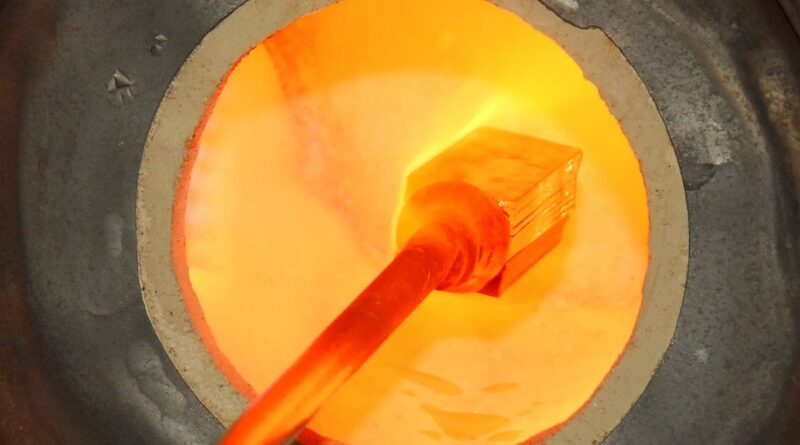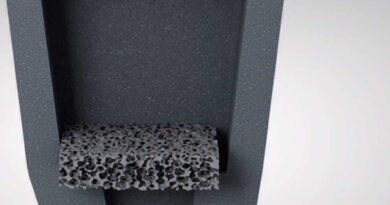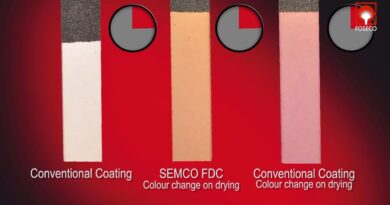Refractories: how it all started, how it is today, the future
The use of refractory materials can be traced back to the very beginning of human civilisation. The first humans used fire to create new tools by melting, firing, and shaping various materials.
The first refractory materials were likely natural materials such as clay or sand. These materials were used to line furnaces and ovens and were effective at protecting the underlying structure from high temperatures.
Refractory technology today
As industrial production increased, so did the demand for refractories. Newer, manufactured materials such as bricks and castables were developed to meet this demand. These refractories had higher melting points and better resistance to thermal shock than natural materials, making them ideal for use in high-temperature environments.
Today’s refractory products can withstand temperatures ranging from 600 °C to about 1700 °C. Raw materials, such as alumina and magnetite, are used to create new refractory bricks, castables, and shaped components.
Adding these minerals allows the production of refractories to withstand the high temperatures and stress associated with specific industrial applications.. These refractories have allowed companies to produce goods more efficiently and at lower costs.
Today all modern industrial furnaces are fitted with highly specialised refractory linings and they are widely used in almost every major industry, including the cement, steel, aluminium, non-ferrous metals, glass, and chemical industries.
The future of refractories
One of the exciting things about the refractory industry is that it’s constantly evolving, and new technologies are continuously being developed. This means we can always find new and better ways to protect people, equipment, and structures from the extreme temperatures involved in refractory processes.
Some of the challenges that refractory manufacturers are currently facing include:
- Higher refractoriness
- Better resistance to thermal shock
- Improved corrosion resistance
- Increased performance
- Lower manufacturing costs
- Supply of natural resources and raw materials
In the future, we can expect to see even more innovation and advanced refractory products and processes that will improve the efficiency and quality of manufacturing operations.
With continued advances in refractory technology, the future looks bright for these essential materials




